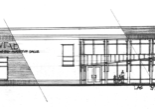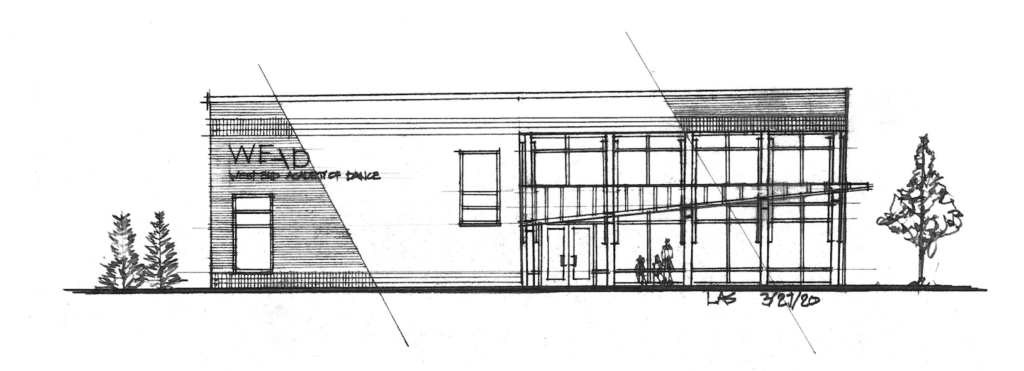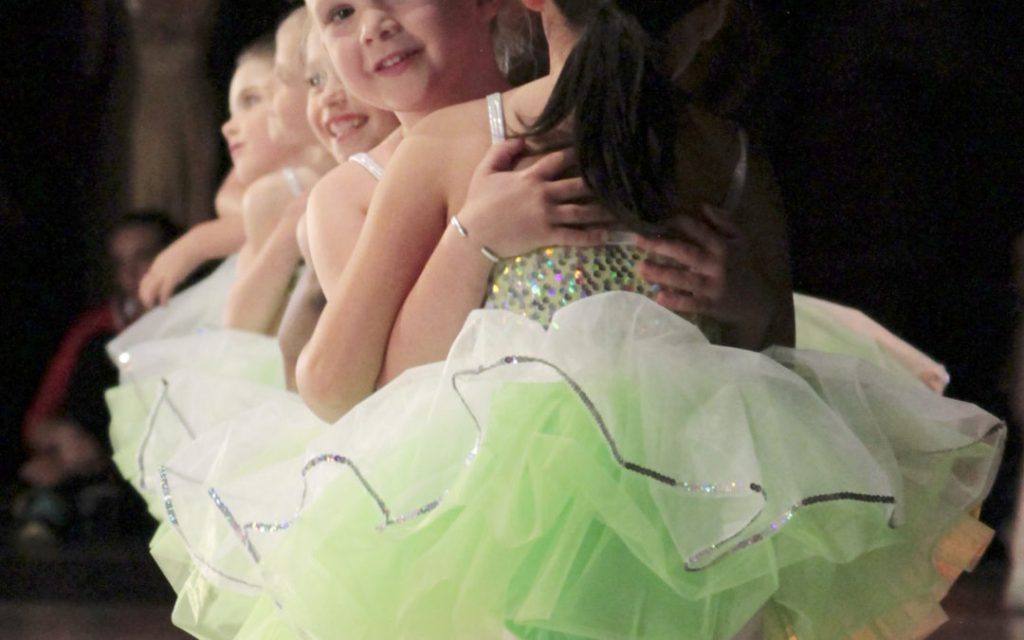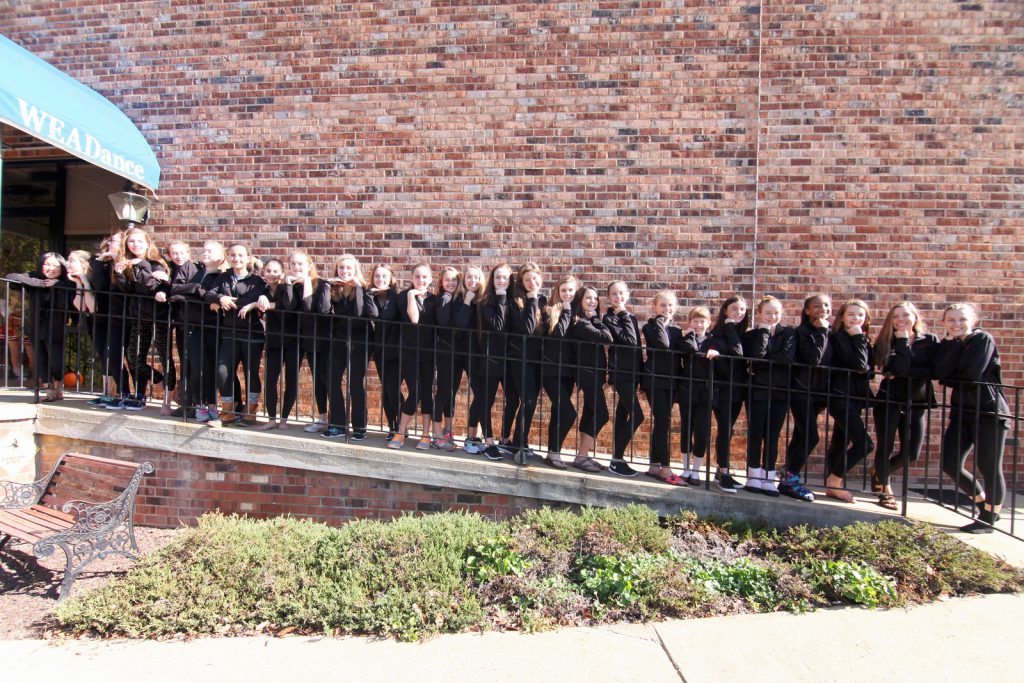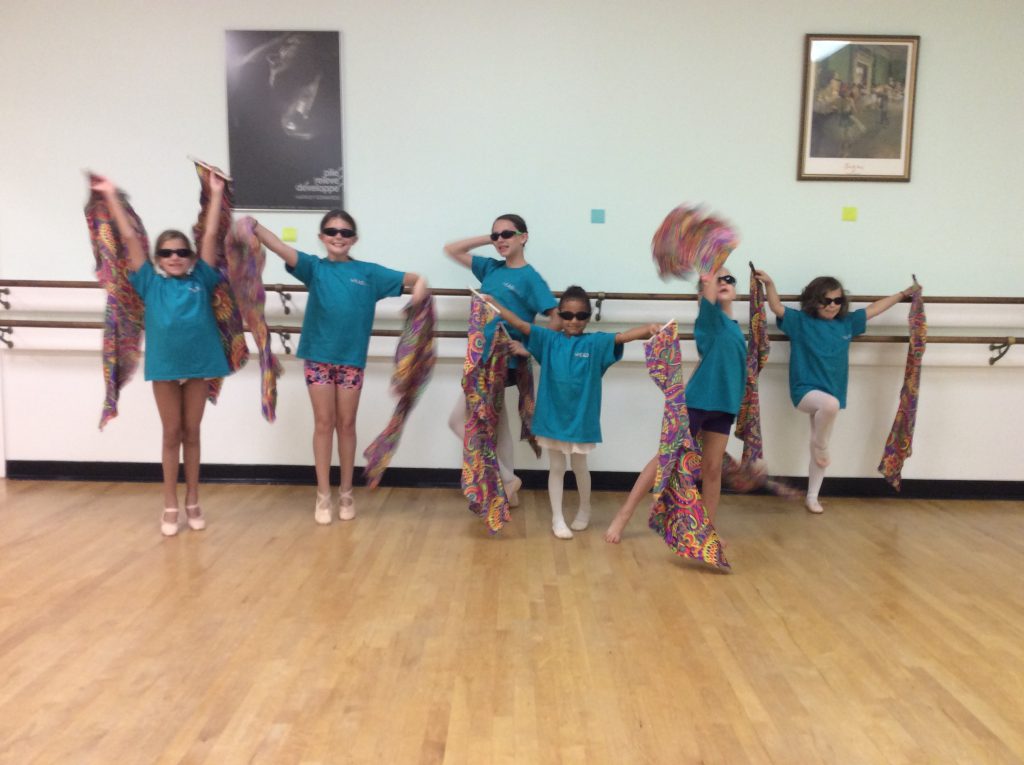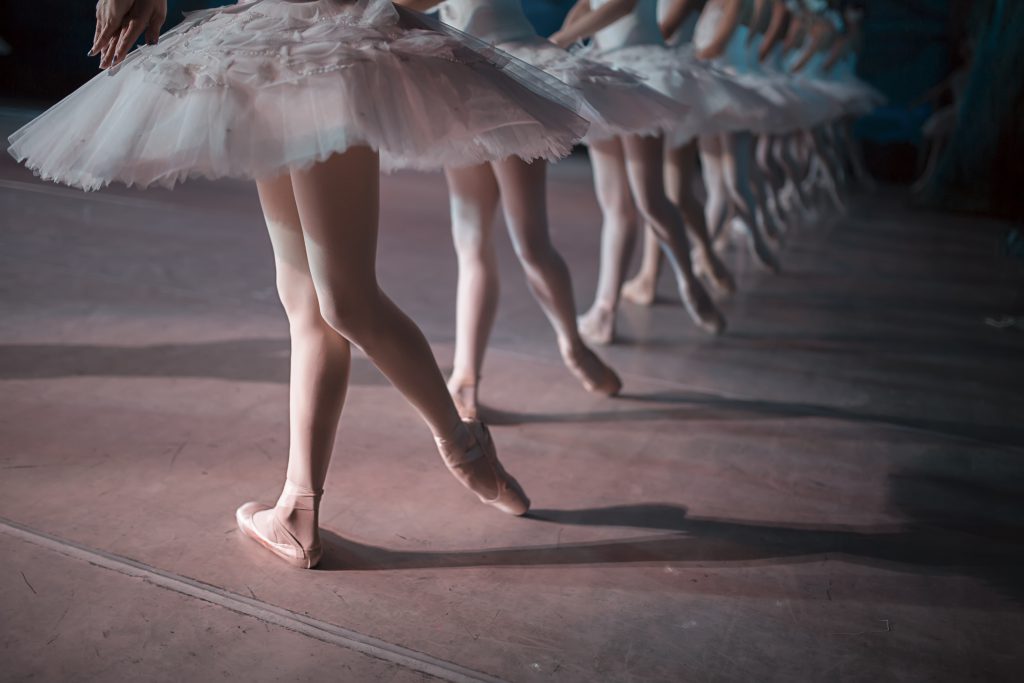Standing Leg Strength
It is easy to be distracted by the extravagance of the working leg (the leg in the air) performing a grand rond de jambe. The higher the leg the more we swoon. However, without the strength of a stable and solid standing leg performing a simple tendu becomes exceedingly challenging.
The standing or supporting leg draws its power from its connection to the floor. The stronger the connection to the floor the more a dancer can leverage off the force created. The deeper a tree’s roots into the ground the stronger the tree as it grows higher. Want higher extension? Then find the ground.
Many factors determine how to access the standing leg but none more important than the skeletal alignment of the pelvis on the leg. If the pelvis is not aligned properly on the head of the femur (thigh bone) than weight will be unevenly distributed down the leg. This puts the dancer at risk for hip, knee and ankle strain as all three joints will have to compensate for the weight collapsing down onto them.
Logan Glancy demonstrates an easy Thera Band exercise that targets the muscles of the standing leg that support the pelvis on the femur. Remember that what your working leg does is not the focus. Listen to the challenge placed onto the muscles of the standing hip socket as the working leg moves. DO NOT allow the choreography or the resistance of the band sway you off the leg. Perform 8 to 10 repetitions in all directions on both legs. Finish by removing the band and doing the series one more time while accessing the muscles on fire in the standing leg. It will only take a little practice before you notice a big difference in how you stand on that leg and therefore the ground.
WEADance’s video blog providing tips and tutorials for young dancers. Learn proper conditioning and strengthening techniques to keep safe and strong. Have questions or suggestions? Email Pilates 804
https://youtu.be/cpR-pmZJUE0

